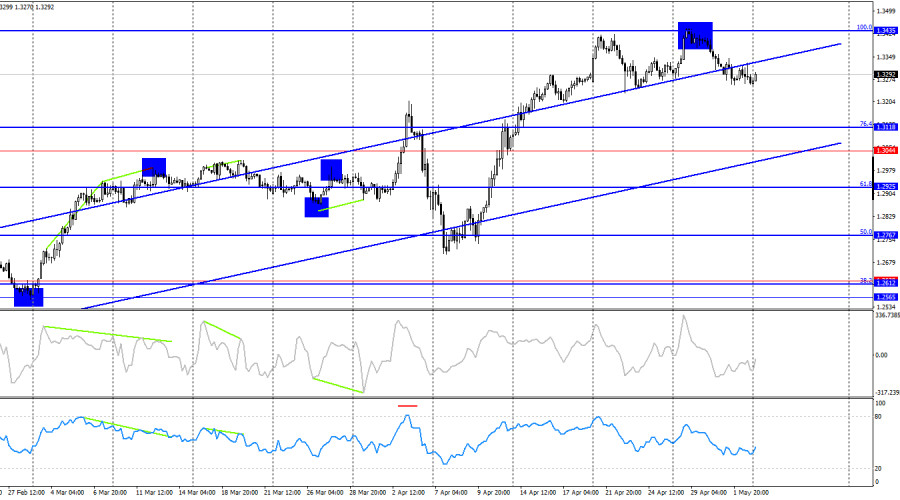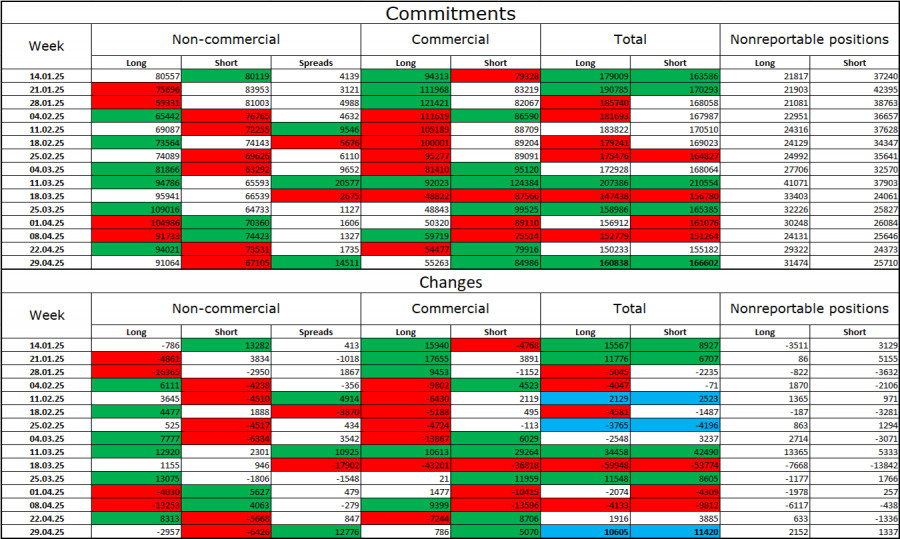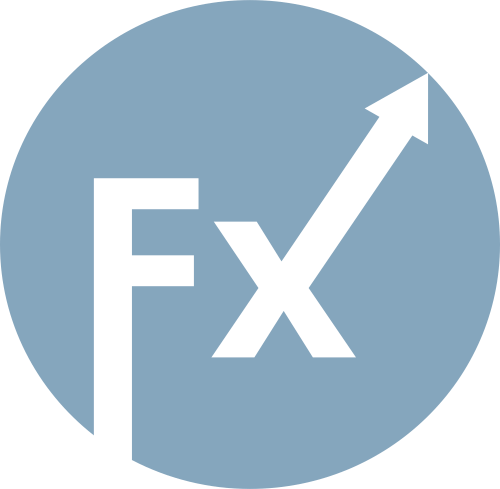Podle středečních údajů se počet obyvatel Kanady ve čtvrtém čtvrtletí zvyšoval nejpomaleji od vypuknutí pandemie, protože se začíná projevovat vládní omezení přistěhovalectví, které bylo oznámeno v loňském roce.
Počet obyvatel ve čtvrtletí končícím 31. prosince vzrostl o 0,2 % na 41,53 milionu osob a zaznamenal nejpomalejší tempo růstu od čtvrtého čtvrtletí roku 2020, kdy vzrostl o 0,1 %, uvedl kanadský statistický úřad.
Mírné tempo bylo způsobeno především sníženým počtem obyvatel bez trvalého pobytu.
Kanada byla k migrantům vstřícná, ale přistěhovalectví v loňském roce přispělo ke krizi dostupnosti a bydlení.
Kvůli rostoucí nespokojenosti oznámil koncem loňského roku bývalý premiér Justin Trudeau opatření, která by měla vést k poklesu počtu obyvatel o 0,2 % v letech 2025 a 2026.
Nový plán počítá s příchodem 395 000 nových stálých obyvatel v roce 2025, 380 000 v roce 2026 a 365 000 v roce 2027, což je méně než 485 000 v roce 2024.
Průmyslové skupiny varovaly, že zpomalení přistěhovalectví by mohlo ovlivnit dostupnost pracovních sil a poškodit poptávku, zejména v době, kdy cla ze strany USA již začala poškozovat náladu spotřebitelů a podnikatelů.
„K 1. lednu 2025 bylo v zemi o 28 341 osob bez trvalého pobytu méně než k 1. říjnu 2024,“ uvedl Statscan a dodal, že jde o největší pokles od třetího čtvrtletí roku 2020, kdy Kanada přijala zhruba 68 000 osob.
Podle údajů z konce čtvrtého čtvrtletí tvořili obyvatelé bez trvalého pobytu v zemi 7,3 % z celkového počtu obyvatel, což je nepatrný pokles oproti 7,4 % na konci třetího čtvrtletí.
There are no doubts recently regarding the wave structure. The last completed upward wave broke the previous high, while the new downward wave has not breached the last low. This confirms that the bullish trend remains valid. A reversal will only be possible after a confident close below 1.3249, accompanied by a relevant news backdrop from the White House indicating a reduction in global trade war tensions. Otherwise, dollar strengthening is likely to end.
The news background on Friday could have created new problems for the bears, yet they held their ground. Last week, bears managed to execute several attacks despite the ambiguous news background for the dollar. Nonfarm Payrolls and the unemployment rate reports saved the situation on Friday. Had those reports been negative, the pair might have returned to the 1.3357 level—and from there, the 1.3425 peak wouldn't be far.
Two weak factors currently support the dollar. First, Trump hasn't introduced new tariffs or raised existing ones in several weeks. Second, he has shown a gradual inclination toward easing tariff policies. He first lowered tariffs to 10% for all countries except China for a period of three months. Then he repeatedly mentioned reducing tariffs for China, warning that trade between the U.S. and China might completely halt, which benefits no one. However, I have no doubt that the U.S. President will only be ready to reduce tariffs after a trade agreement is signed. And as is well known, there are no negotiations currently underway.

On the 4-hour chart, the pair rebounded from the 100.0% Fibonacci level at 1.3435, turned in favor of the dollar, and began to decline toward the 76.4% corrective level at 1.3118. No divergences are forming on any indicators today. The upward trend channel continues to signal a bullish trend. The news background is contradictory, which doesn't support expectations for strong dollar growth.
Commitments of Traders (COT) Report

The sentiment of the "Non-commercial" trader category became more bullish last reporting week. Long positions decreased by 2,957 contracts, while Short positions decreased by 6,426 contracts. Bears have lost their market advantage. The gap between Long and Short positions now stands at 24,000 in favor of the bulls: 91,000 vs. 67,000.
In my view, the British pound still has room for decline, but recent developments could trigger a long-term market reversal. Over the last three months, Long positions have grown from 80,000 to 91,000, while Short positions have fallen from 80,000 to 67,000. More notably, over the past 14 weeks, Long positions rose from 59,000 to 91,000 and Shorts fell from 81,000 to 67,000.
News Calendar for the U.S. and U.K.:
On Monday, the economic calendar includes two fairly important entries, but economic data is not currently the main driver for traders. The influence of the news background on trader sentiment will be weak on Monday.
Forecast and Trading Tips for GBP/USD:
Fibonacci levels are built from 1.2809 to 1.2100 on the hourly chart, and from 1.3431 to 1.2104 on the 4-hour chart.

SZYBKIE LINKI